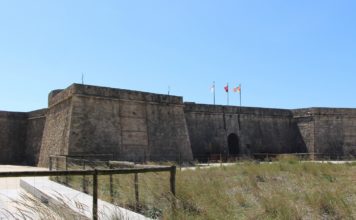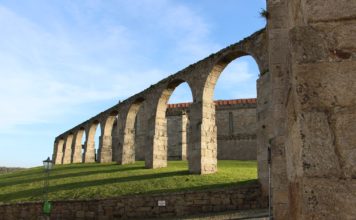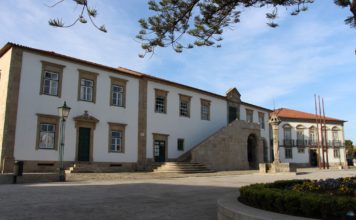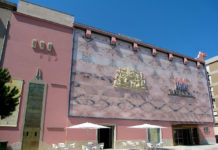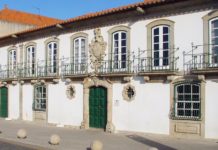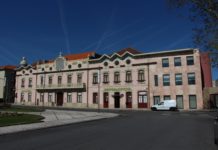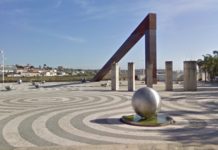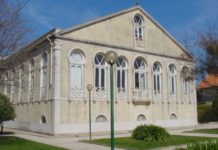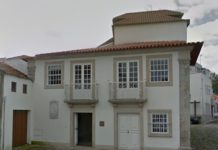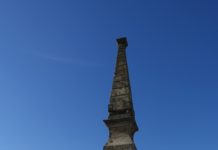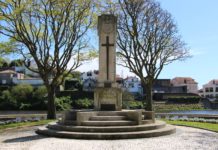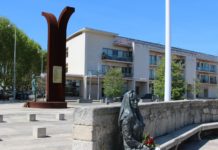Municipal Theater
Vila do Conde's Municipal Theater was formerly known as Cine-Teatro Neiva (Neiva's Cine-Theater), due to its owner Joaquim de Oliveira Neiva.
Inaugurated in 1947, contemporary...
Submonastery House (Municipal Auditorium)
The Submonastery House, also known as Manor of the Vasconcelos, was built in the second half of the 18th century. This family kept the...
Municipal Youth Center
The building of Vila do Conde's Municipal Youth Center was built in 1917, on the initiative of the Beach Advertising Society, in order to...
King John II’s Square
King John II's Square, rehabilitated in 2001, shows visitors various celebrations of the Portuguese Discoveries, such as the columns of the "five corners of...
Melo’s Mansion
Melo's Mansion (Palacete Melo), one of the oldest existing buildings of the time of Vila do Conde's expansion towards the sea, was commissioned in...
Old Square
The Old Square, the traditional name of the current Largo Antero de Quental, was the place of residence of two illustrious poets, namely Antero...
Memory Obelisk
The Memory Obelisk is a monument alluding to the first landing attempt of D. Pedro's liberal troops on July 8th 1832, at the mouth...
Monument to the Deceased of the Great War
Inaugurated with pomp and circumstance on April 10th 1932, in Largo da Meia Laranja, on Avenida Figueiredo Faria, the Monument to the Deceased of...
Memorial to Former Overseas Combatants
The Memorial to Former Overseas Combatants was inaugurated on June 10th 2010, Day of Portugal.
The set is composed of two distinct elements. The central...
House of Guerra Junqueiro
Guerra Junqueiro, a famous writer whose grave is in the National Pantheon, lived in Vila do Conde between 1899 and 1906. The poet, taking...





